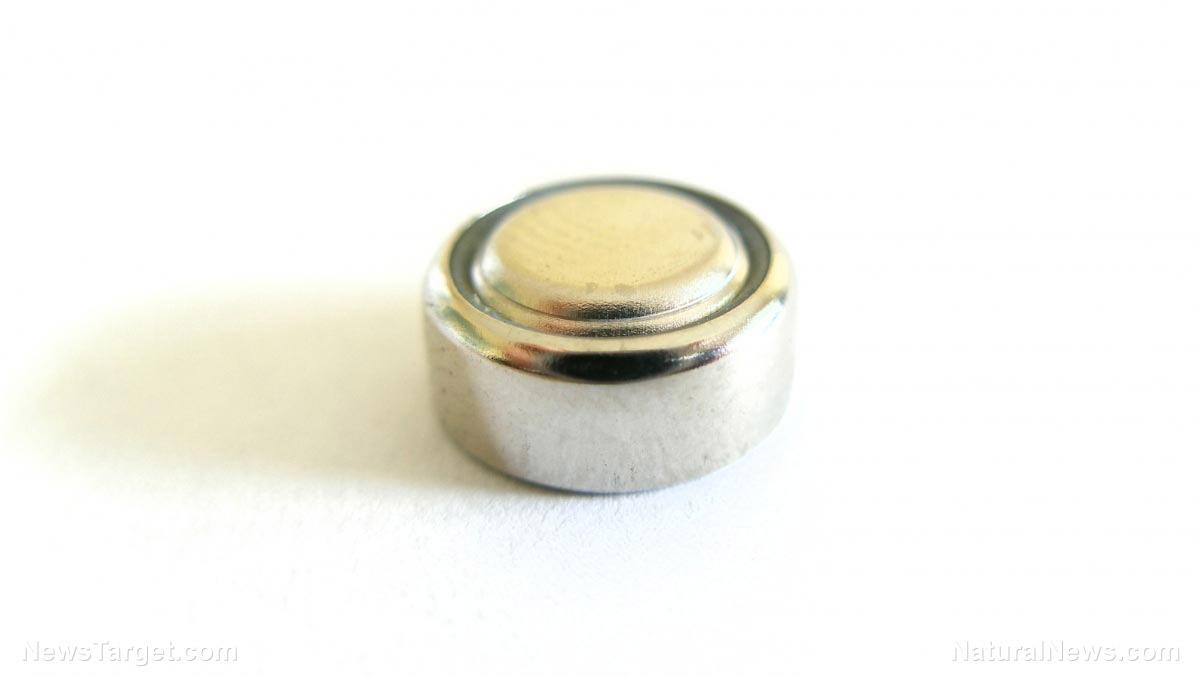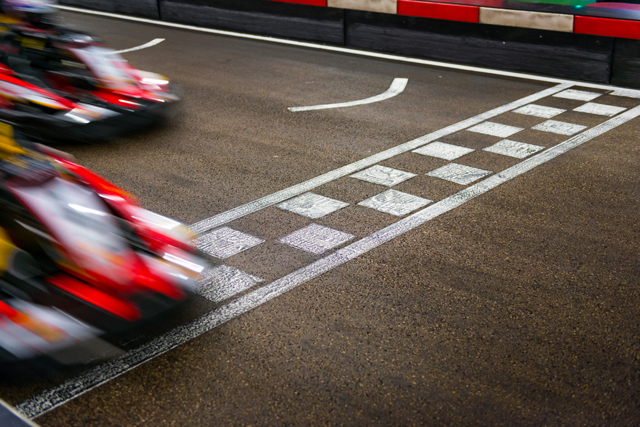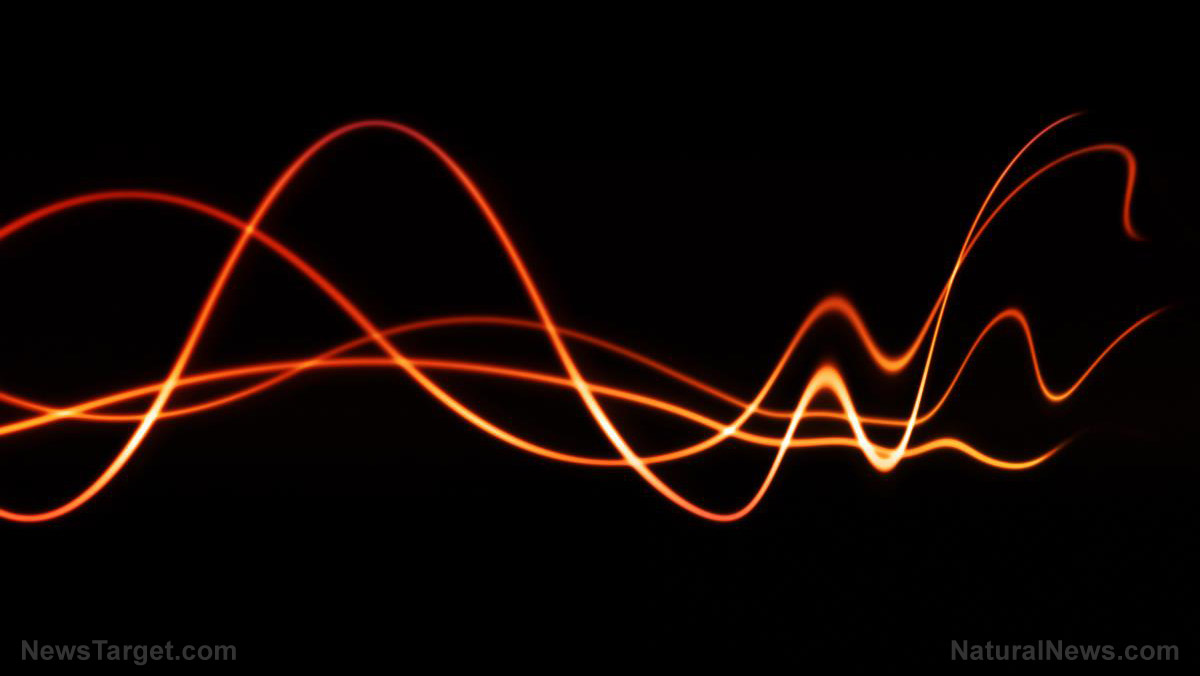Study: Is a “proton highway” the key to developing high-power batteries?
05/16/2019 / By Edsel Cook

More than 200 years ago, a Lithuanian researcher came up with a theory regarding the transportation of electric charges through an electrolyte. Today, his concept of a “proton highway” could enable energy storage systems for electrical grids, electric vehicles, and other high-power uses.
In a study supported by the Oregon State University and other academic institutes, researchers showed that ionic charges did not need to rely on diffusion to move within the water-based, solid-state arrangement of an electrode of a battery.
“Coming up with Faradaic electrodes that afford battery’s energy density and capacitor’s power with excellent cycle life has been a big challenge,” explained OSU researcher Xiulei (David) Ji, the leader of the study. “So far, most of the attention has been devoted to metal ions — starting with lithium and looking down the periodic table.”
Ji and his teammates directed their attention at the upper half of the periodic table, specifically the hydrogen atom with its single proton. They also derived from the works of Theodor von Grotthuss, a 19th-century researcher who discovered how electrolytes functioned – and a theoretical chemical mechanism nicknamed the proton highway. (Related: Antimony-carbon anode could pave the way for developing next-gen batteries.)
A 200-year-old “proton highway” present in water chains
The Grotthuss mechanism described a scenario wherein a hydrogen atom served as the bridge between a pair of water molecules. When the hydrogen transferred its covalent bond from one molecule to the other one, it kicked off a domino effect of identical displacements throughout the network of molecules. These displacements could transport positively-charged protons over considerable distances.
OSU researcher and lead author Xianyong Wu compared this movement to the different mode of transportation of metal-ions through liquid electrolytes. In the latter, solvated ions moved on an individual basis via the process of diffusion.
Ji added that hydrogen bonding and the covalent bonds of hydrogen-oxygen cooperated during the process of transporting a proton across the length of the water molecule chain. Furthermore, no transfer of mass took place inside the water chain.
This molecular equivalent of a relay race could serve as a highly efficient charge conduit for batteries. The Grotthuss mechanism could be incorporated into the electrode of a battery, providing charge carriers with a convenient means of transportation – a proton highway, so to speak – instead of having to force their way through the gaps within crystalline lattices in conventional conducting materials.
The Grothuss mechanism offers a different means of transporting charges in batteries
Tests conducted by the OSU researchers used Turnbull’s blue, an analog of Prussian blue that was used by the dye industry. They turned the pigment into a surprisingly powerful electrode with a unique adjoining lattice network of water molecules.
Other researchers had done their part in explaining how the proton hopping process took place in water. However, they failed to investigate the potential of the Grotthus mechanism as a means of storing energy, including a widely-studied redox reaction involving water.
Ji stressed the need for further research and experimentation on the application of the Grothuss mechanism in batteries and other means of energy storage. His team’s findings remained in the theoretical stage and required considerable refinement before they could be applied to practical batteries that could be charged and discharged at the high speeds required for storing and transporting power grid-level electricity.
“We theoretically demonstrated it, but to realize it in consumer devices, it could be a very long engineering journey,” Ji concluded. “Right now the battery community focuses on lithium, sodium, and other metal ions, but protons are probably the most intriguing charge carriers with vast unknown potentials to realize.”
Sources include:
Tagged Under: aqueous energy storage, batteries, battery technology, breakthrough, Chemistry, electricity, energy storage solutions, future science, new technology, physics, solid state battery
RECENT NEWS & ARTICLES
COPYRIGHT © 2018 BREAKTHROUGH.NEWS
All content posted on this site is protected under Free Speech. Breakthrough.news is not responsible for content written by contributing authors. The information on this site is provided for educational and entertainment purposes only. It is not intended as a substitute for professional advice of any kind. Breakthrough.news assumes no responsibility for the use or misuse of this material. All trademarks, registered trademarks and service marks mentioned on this site are the property of their respective owners.


















